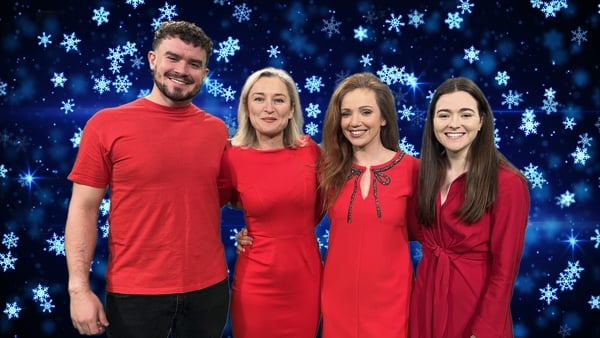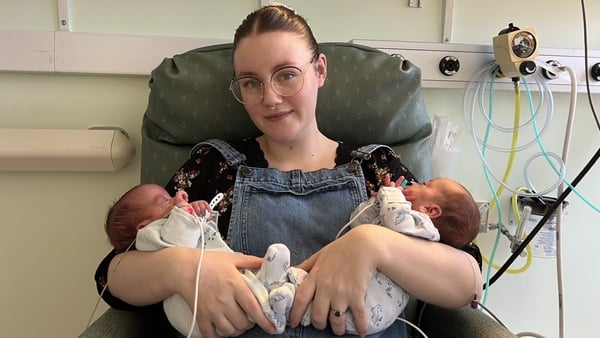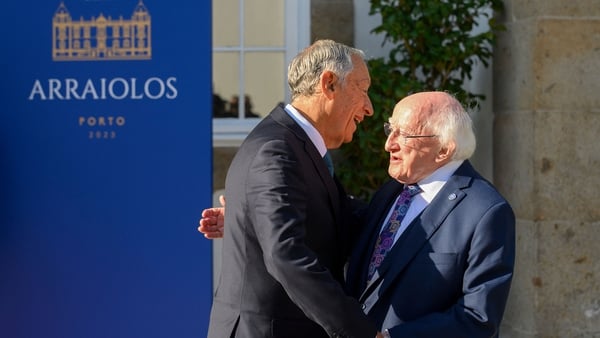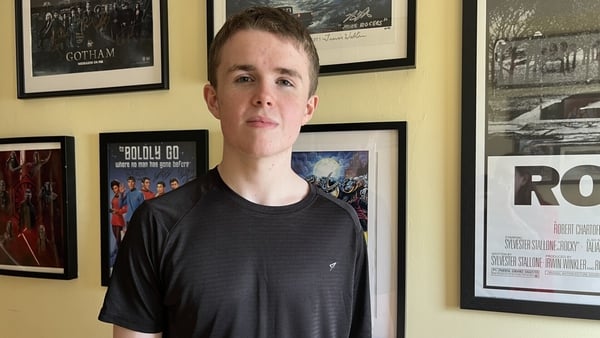A unique project is aiming to transform theatre for Deaf audiences by making performances more accessible and inclusive.
The ISL Deaf Translations Project was recently pioneered at the Dublin Fringe Festival.
In a departure from the familiar model of having a hearing interpreter sign to a Deaf audience, Lianne Quigley, an artist and Deaf interpreter, led a team who provided interpreted performances of three productions.
The team was made up of two Deaf and four hearing interpreters.
"So, maybe people are wondering, 'Deaf interpreters? What do they do?" Ms Quigley said.
"So, the Deaf interpreters are actually on stage.
"I'm Deaf myself. I grew up Deaf. ISL is my natural language, my native language," Ms Quigley explained. "For most interpreters, ISL is their second language".
"When interpreters are standing on stage, the hearing interpreter will be sat in front of them opposite," Ms Quigley explained.
"This is performance translation. The Deaf interpreters are not just translating, we are performing.
"We prepare well in advance with the script. We go through all the vocabulary and find the appropriate match for the Deaf community.
"We have to relay each character on stage to the audience.
"So, one interpreter has to portray the physical characteristics of each character on stage, so the audience know the difference.
"The hearing interpreter is sat in front of them feeding cues and ensuring we are keeping the tempo and the speed of the performers."
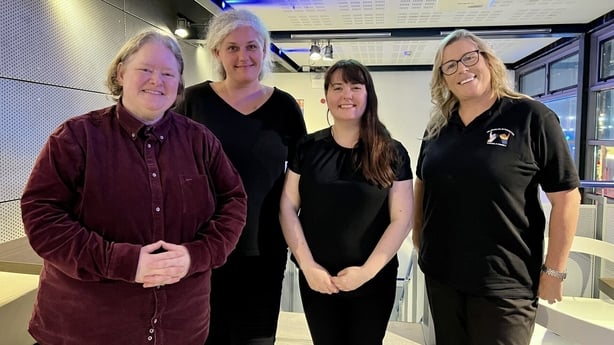
Ms Quigley and her team spent weeks preparing their performances of ‘Hothouse’, ‘This is You’, and ‘Once in a Lifetime’.
Alvean Jones is the second Deaf interpreter with the project.
"If the interpreter is there and they’re translating and you know what they’re talking about, you get the full benefit," she explained. "And Deaf people are like everybody else. They have a right to accessibility, to access the language, access the show."
Vanessa O’Connell is a hearing interpreter with the ISL Deaf Translations Project.
"I think this is an amazing opportunity for Deaf interpreters to stand where they should," she said.
"The Deaf community are the custodians of the language. They should be the face and at the forefront of the language when it’s accessing the arts".

The Dublin Fringe Festival says the project has been a success.
It plans to deliver more interpreted productions next year.
David Francis Moore, Festival Director, said: "As this type of practice emerges, in terms of translation and ISL translation, it’ll become more refined. And then over time, hopefully it will become more an integral part of how theatre companies make work and present work."
RTÉ News spoke to Deaf theatre-lovers following the ISL Deaf Translations performance of ‘Once in a Lifetime’ with Red Bear Company.
"I think for it to be accessible, to have that flow of language available to me. Yeah, really impactful," Sofiya Kalinova said.
"I really enjoyed it. Seeing the Deaf interpreter working in tandem with the hearing interpreter in the front row. It makes me really proud of the team that were involved," Jane O’Brien said.
For Lianne Quigley, accessibility and inclusivity is key.
"That’s why this project was very important to us. You know, to spread awareness and see that it can be done. And hopefully, it will catch on and people will see how accessible it can be and how easily it can be achieved.

